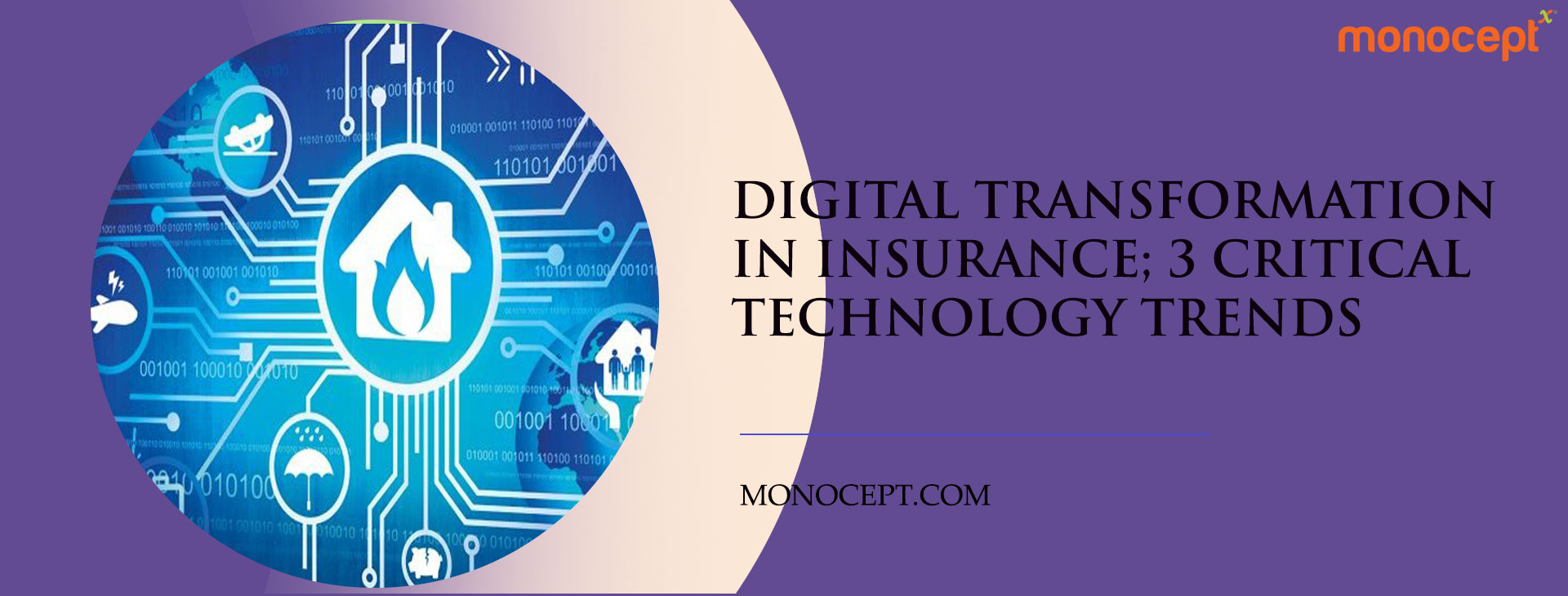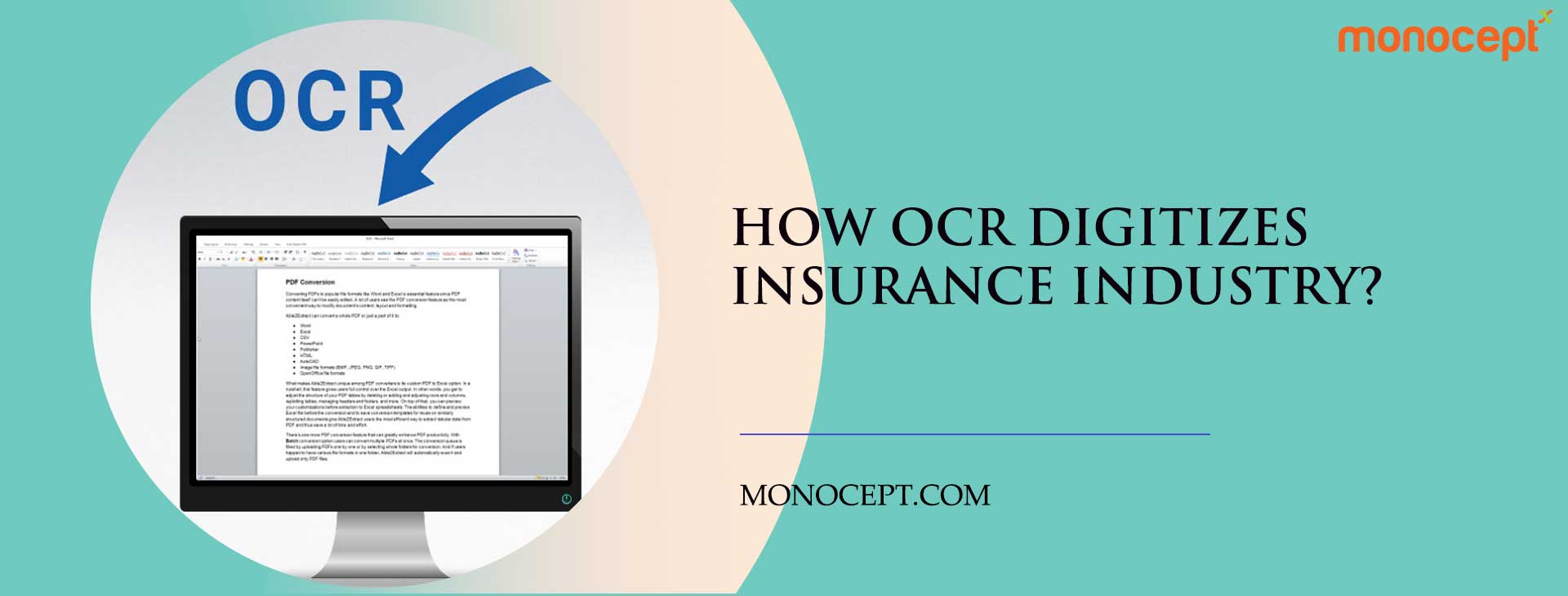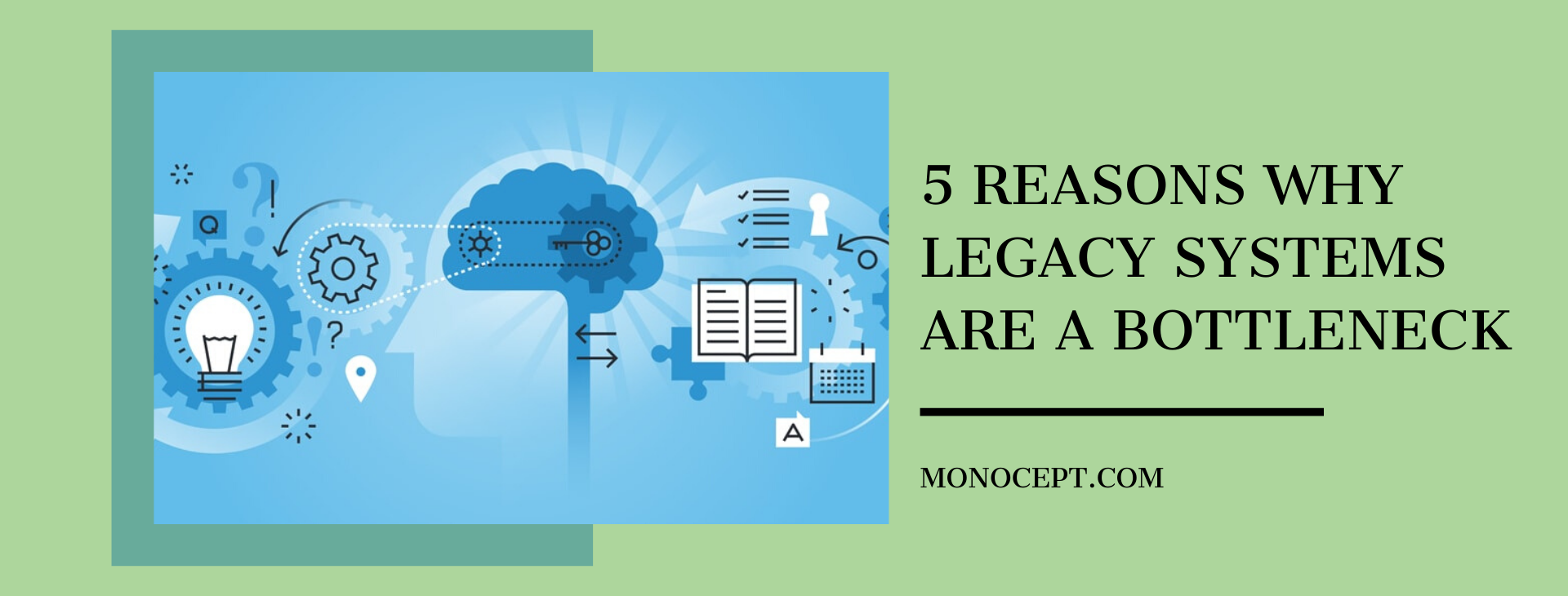How agile testing leads to happy customers
Testing is one of the most important processes in the software development lifecycle (SLDC). m. Despite being an integral process in determining success and ensuring that product owner does not have to suffer an embarrassing loss of reputation, not to mention the time and money cost of failure, testing often tends to get overlooked due to aggressive timelines for product launches. We’ve discussed previously, the key features of the agile development and testing methodology, and how each process is implemented within this approach.
In this article, we discuss the advantages of agile testing for all stakeholders — business owners, developers, testers, and QA specialists — which ultimately leads to a better product and a happier customer.
Prevents misunderstandings
When business heads, developers and testers work in silos without constantly communicating and cross-departmental feedback and challenges, there is a greater possibility of misunderstandings and faulty perceptions. When testing requirements are discussed, refined and agreed upon as a team during stand-ups or scrums, it combines all departments to better understand and address the business requirements and technical aspects of each feature or functionality. This enables overall alignment and misunderstandings, preventing future problems or defects.
Shared responsibility
When developers and testers work together, upholding the creating a high quality product and maintaining its integrity becomes the shared responsibility of the team. The entire team agrees upon the testing strategies, test cases, and defects prioritisation plan before kick-off. Because of this, at the end of each sprint, the product owner accepts the user stories (a compression of things to do in each release or iteration of the product) delivered by the team only if they are developed and tested as per the predetermined plan.
Precise metrics for success
The agile method of development and testing usually warrants predetermined entry and exit points for each story. Each requirement is well-defined with measurable goals and criteria for success. This ensures that the testing team and QA specialists can very easily determine whether the exact specifications for success of test cases were met or not.
Reasonable testing estimates
When the QA and testing teams are involved in the planning stage of the product, with an equal say in determining the time frame of the development life cycle of the product, they are able to ensure that testing targets and estimates aren’t overlooked. This is important so that enough time is set aside for testing throughout the development process.
Ease of implementation in case of late changes
One of the key features of the agile method of development and testing is that each feature and functionality of the product is tested as it is created, instead of testing being carried out after the entire development has been completed. This makes it easy for all teams to welcome and incorporate any last-minute changes in functionalities or additional features, due to enhanced business requirements. The agile method presupposes that consumer demands are dynamic and the development process needs to be flexible enough to respond to a need for change without grave loss of time or blowing up development and testing costs.
Reduced cost of fixing defects
Just like the time and financial cost of incorporating changes is reduced due to the incremental nature of the development-testing-release cycle of the product in the agile methodology, it also helps in controlling the cost of fixing defects. When the product is tested at every stage, instead of end-testing, which is what is done in the waterfall method. Bugs and defects in the products can be identified and rectified in the early stages, saving the testers the trouble of having to go through the entire development lifecycle from requirement analysis to software development to end testing to identify where the problem originated in order to best fix it.
Frequent delivery of a working software
One more benefit of working in well-defined sprints, with end-to-end testing of each feature as it is developed is that a working, high-quality software is delivered frequently — in weeks, instead of months, enhancing customer satisfaction with the product.
Regression testing
Since developers and testers work together in the agile methodology, developers are equipped to identify bugs and fix them even before they reach the testers. This gives testers and QA specialists ample time to focus on system, integration and regression testing. In addition to this, in the agile method, automated tests are fully leveraged to implement regression testing to ensure a seamless customer experience.
To know more on how Monocept can help in making great products and happy customers, drop a mail at info@monocept.com
What’s your Challenge? Let’s work together to solve it.
What’s your Challenge? Let’s work together to solve it.





















































































